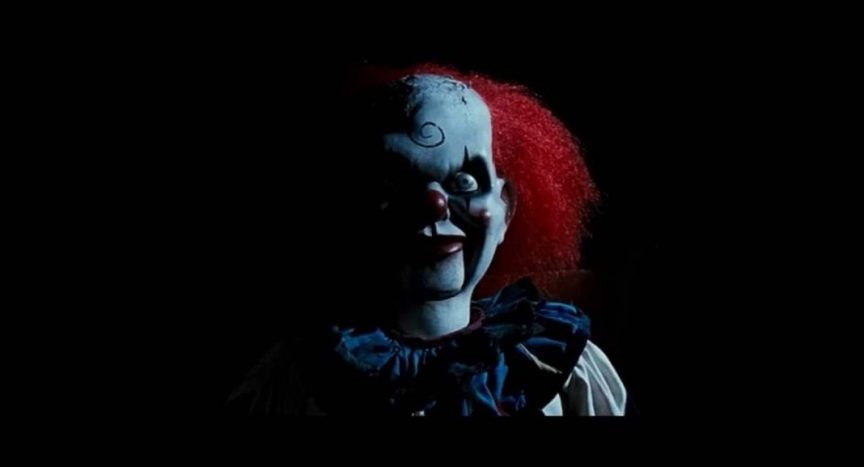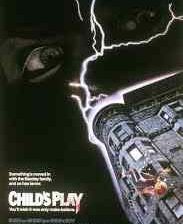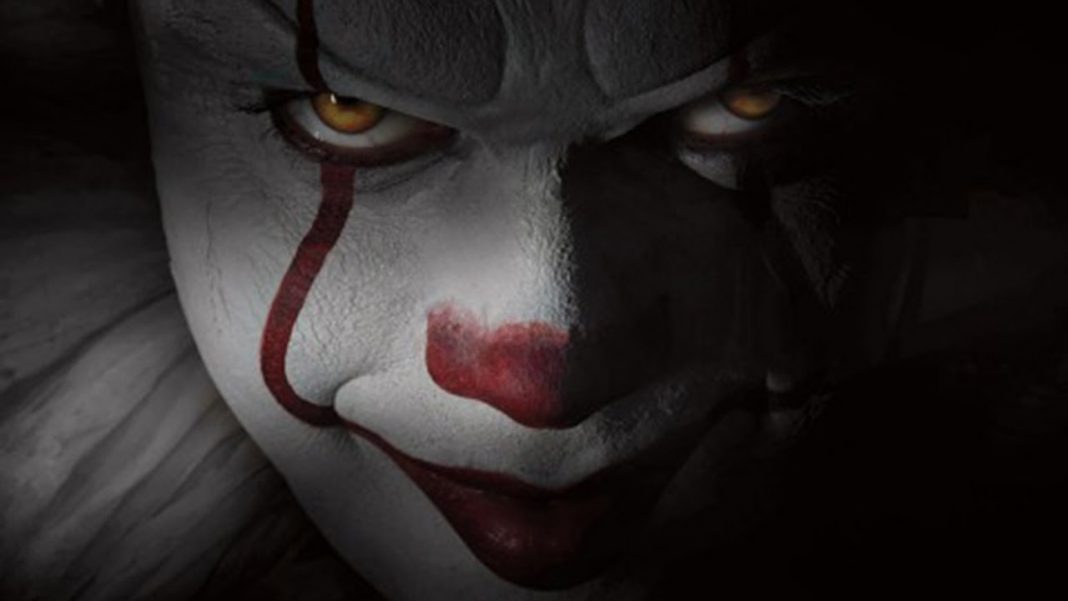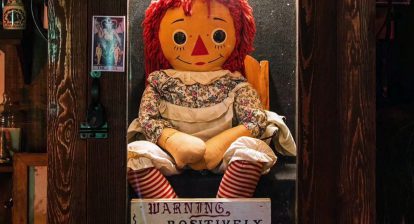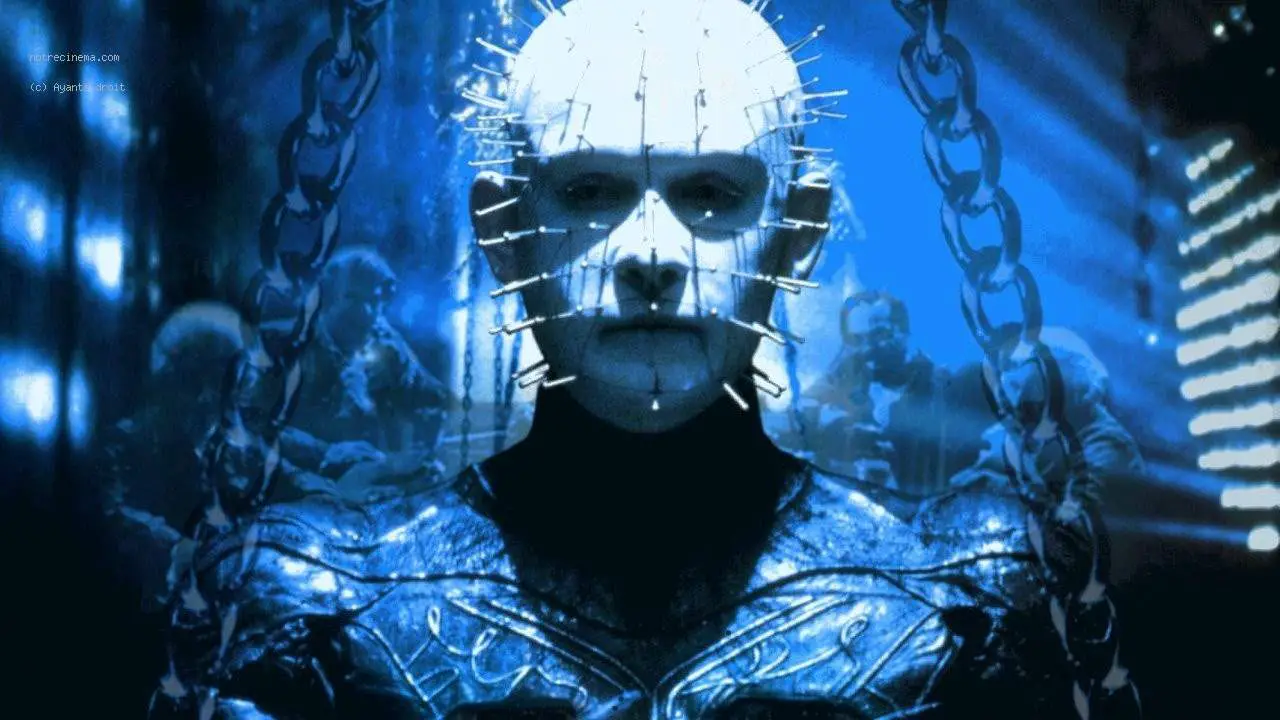A phobia is an extreme or irrational fear or aversion to something, real or imaginary and there are many common phobias such as germaphobia (fear of germs) or acrophobia (fear of heights). “Those who have a phobia to a specific object or situation experience a marked and persistent fear that is excessive or unreasonable. The fear is out of proportion to the actual level of danger posed by the specific object or situation. The fear can be prompted by either the presence of a specific object” (Diagnostic and Statistical Manual of Mental Disorders or DSM-5). The Diagnostic and Statistical Manual of Mental Disorders (or DSM-5 is the current edition) used by mental health professionals to diagnose and describe various mental conditions.
But in the horror community, what seems to be prevalent is automatonophobia, referring to an irrational fear of any object that falsely imitates something living and conscious, either human or animal. Subsets of this phobia include coulrophobia (fear of clowns), pupaphobia (fear of puppets), and pediophobia (fear of dolls). Besides, the endless Child’s Play knockoffs, the original IT, and the infinite Annabelle movies are not helping anyone to feel comfortable with party clowns and porcelain dolls. Many horror fans, with reason, inch away from creepy ceramic statues in the thrift store and typically hate the carnival aspect of haunted houses.
However, simple fear or discomfort does not usually lead to experiencing panicked sweats to full blown anxiety attacks when facing the feared inanimate object. Automatonophobia usually roots itself within the effected person starting in childhood and plaguing the victim until help is sought. A traumatizing event, nightmare, or being exposed to film after film featuring murderous dolls or mannequins or clowns will manifest itself inside a person and over time, can transform from a small fear into a full blown phobia.

Furthermore, robotics professor Masahiro Mori’s Uncanny Valley Hypothesis from 1970 states that originally, a human response to a humanoid robot will be positive, but the more realistic the robot becomes the response quickly turns negative. Basically, humanoid robots that have an uncanny likeness to real people stir unsettling feelings and questions about entire belief systems. The query moves from the science of robotics to examining artificial intelligence and the existence of life and the organic soul.
Apply this same line of reasoning to party clowns or porcelain dolls. Party clowns are performers by trade and are just acting in an alter-ego for entertainment; however creepy clown dolls share these human characteristics without the option to take off the costume. The same idea applies to porcelain dolls; they are admired and repulsed for their eerie resemblance to real, breathing people. There isn’t a huge demand for these objects in recent years because clowns and porcelain dolls are often associated with and Boomers as something that was enjoyed in a time long gone. Many older women have a china cabinet or room dedicated to ceramic figurines or statues or porcelain dolls, but that is traditionally left to the older generations.
As these items left the home they became a rare sight for younger people and even adult children who had never seen an incredibly creepy clown painted statue or a non-blinking horrifying porcelain doll. These were occasional sights left to thrift and antique stores, but suddenly, these objects began to dominate the theater and television screen, committing horrible acts. The Twilight Zone depicted ventriloquist dummies swapping places with their gullible human companions, Puppet Master with puppets going on homicidal rampages, and Dead Silence making some audience members scared to come within ten feet of a puppet.
Guess What?! Wicked Horror TV Has Indie and Classic Horror Available to Stream for Free!

Even non-horror movie fans share this distaste for humanoid objects, from being creeped out by clowns to avoiding horror-themed attractions entirely. Just the idea of the existence of a haunted realistic doll gives people the chills.
Nevertheless, automatonophobia is extremely difficult to diagnose and only an estimated 12% of adults even suffer from coulrophobia. Also, phobias tend to onset at the age of seven, affect women more than men, and if diagnosed with a phobia there is a 75% chance there is another phobia present. So, the likelihood that someone in their adult years has developed automatonophobia is extremely unlikely and even if present, cognitive therapy is the simplest cure.
So, horror fans are not going to collapse in small heaps at the sight of insanely creepy dolls or clowns, but exposure to this sub-sect of horror does increase the likelihood of distaste and contempt. While most people see the antique porcelain doll in the thrift store, horror fans see the evil that oozes from the glass eyes and china painted face.
But seriously, the next time you find yourself reminiscing about Pennywise, consider the poor souls who never grew out of that fear. And count yourself lucky.
